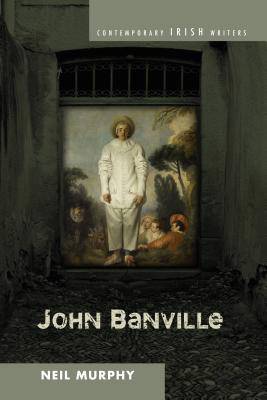
- Afhalen na 1 uur in een winkel met voorraad
- Gratis thuislevering in België vanaf € 30
- Ruim aanbod met 7 miljoen producten
- Afhalen na 1 uur in een winkel met voorraad
- Gratis thuislevering in België vanaf € 30
- Ruim aanbod met 7 miljoen producten
Zoeken
Omschrijving
This critical study of John Banville's major work considers the manner in which his fiction intersects with a variety of ideas relating to art. It also proposes that Banville's fiction represents a significant development in Irish writing, and contemporary prose fiction, in its advanced reconstitution of the self-reflexive form.
Specificaties
Betrokkenen
- Auteur(s):
- Uitgeverij:
Inhoud
- Aantal bladzijden:
- 236
- Reeks:
Eigenschappen
- Productcode (EAN):
- 9781611488722
- Verschijningsdatum:
- 18/05/2018
- Uitvoering:
- Hardcover
- Afmetingen:
- 236 mm x 156 mm
- Gewicht:
- 496 g

Alleen bij Standaard Boekhandel
+ 215 punten op je klantenkaart van Standaard Boekhandel
Beoordelingen
We publiceren alleen reviews die voldoen aan de voorwaarden voor reviews. Bekijk onze voorwaarden voor reviews.








